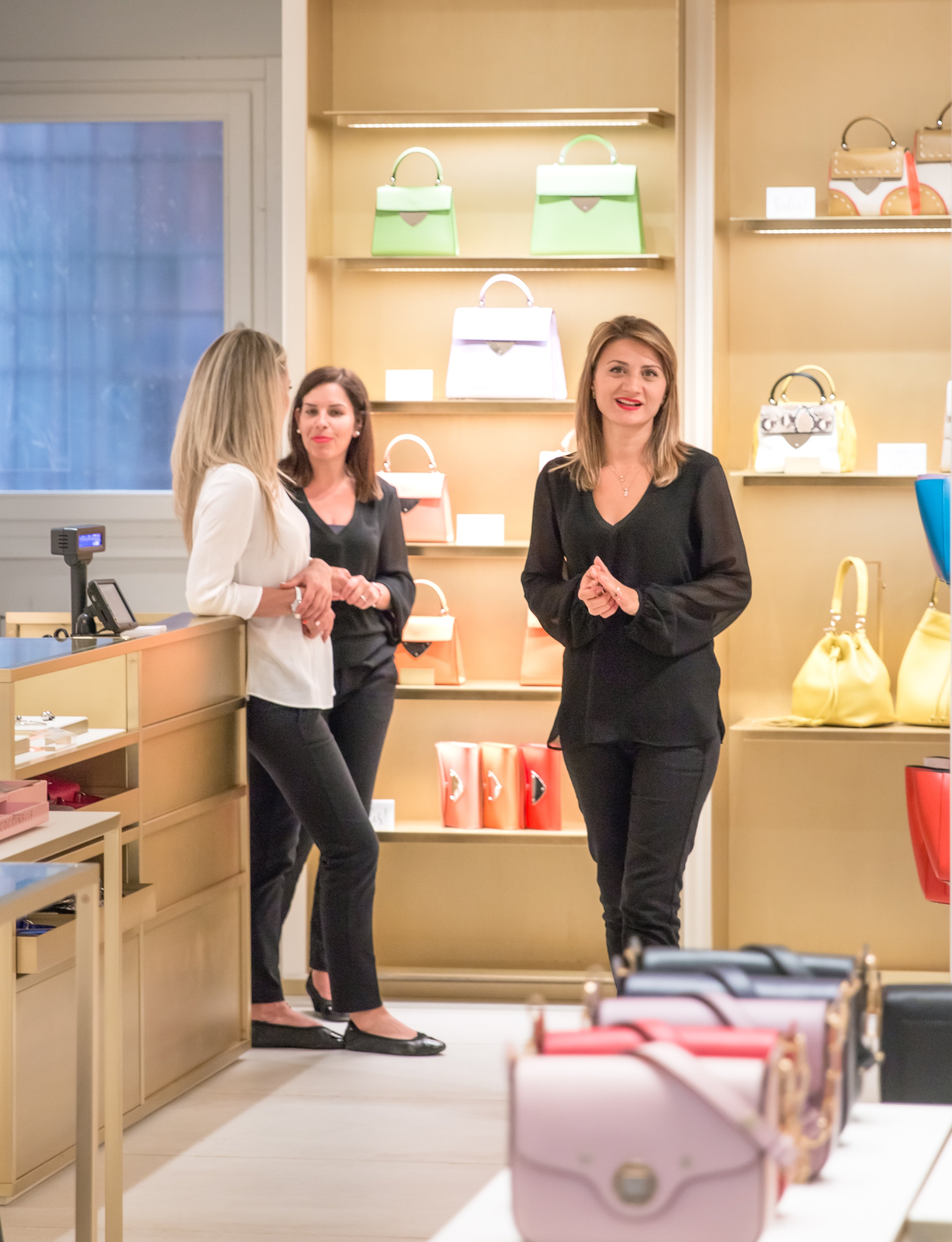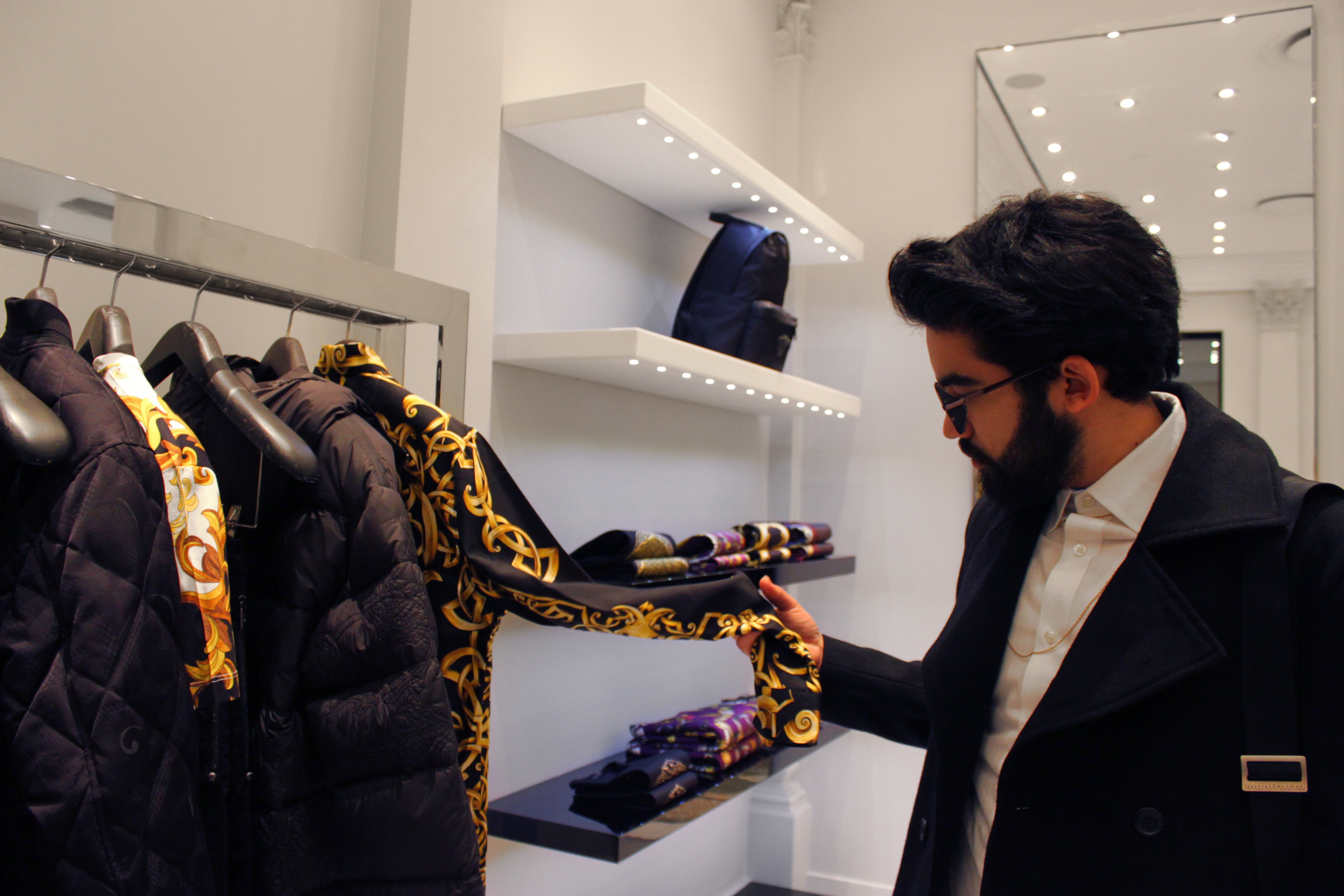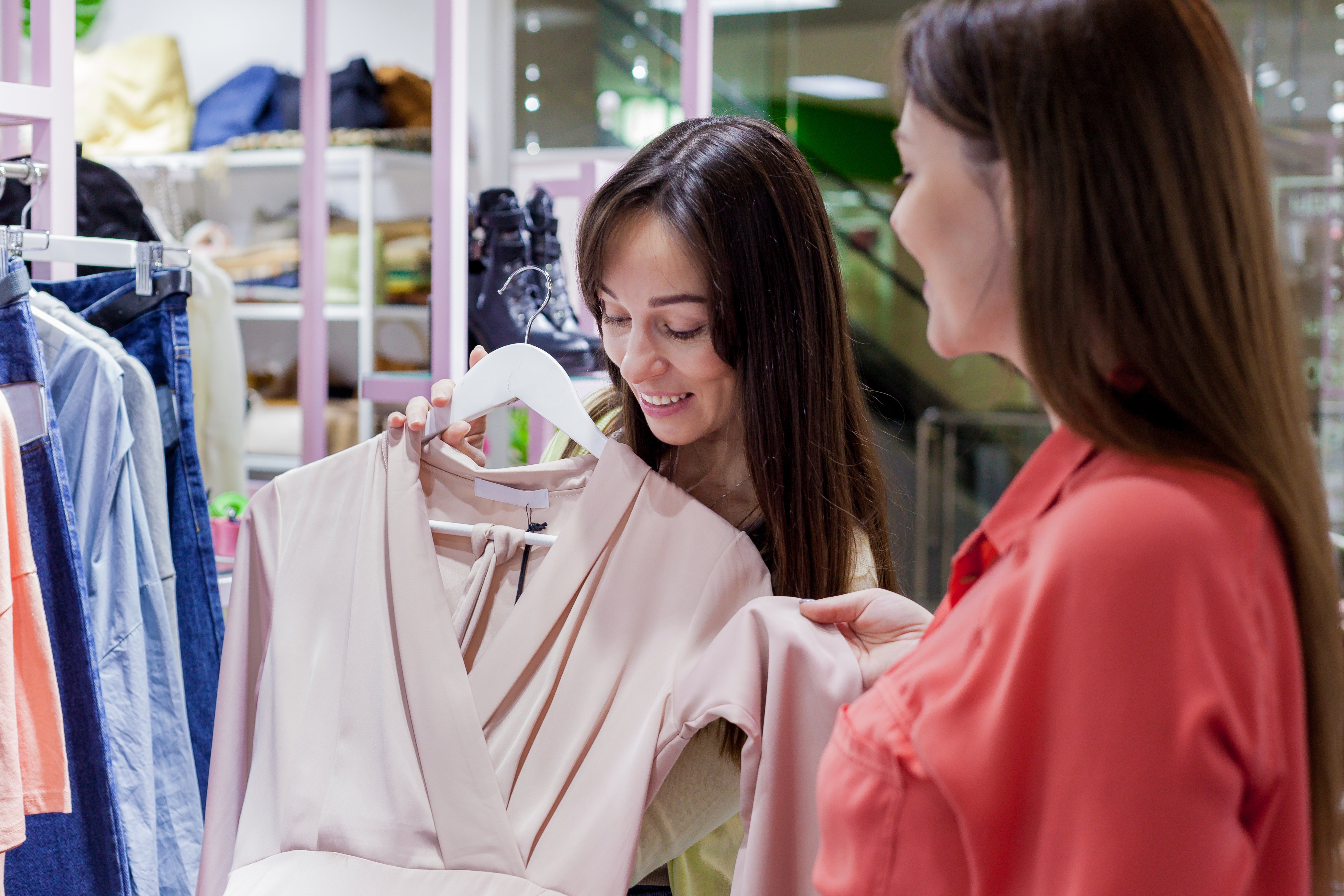- Case Study -
Sales Associate
Immersion &
Customer
Behavior
In-store experience largely impacts shopping behavior. Immersion was challenged to predict customer purchases – by focusing on the physiology of the sales associate.

Consumer experience is (still) king
The growth of e-commerce and general digitalization of the marketplace has been disruptive for retail. Contrary to popular belief, storefronts have not been entirely overtaken and are far from becoming obsolete. Rather, over the last two decades, leading retailers have been forced to adapt their business models to keep pace with a changing landscape and heightened customer expectations.
Presently, consumers shopping in-store seek a pleasurable, personal, and artisanal experience, and they are increasingly demanding and expecting greater levels of engagement from store employees. Recent data shows the sales associate is acutely perceived as the real differentiator in customer service, with 78% of customers labeling the sales assistant as the most important factor.
Think back to the last time an amazing sales associate got you to buy more than you planned. The good news is that you are not alone: 52% of customers have admitted to purchasing more products or services because of a great customer experience. On the other hand, you may have sworn off a particular store because of bad service - 59% of people who have had a bad customer experience stop shopping at that store.
The commitment of companies like Apple, Burberry, and Nike to in-store customer service, a nurturing experience, and knowledgeable sale associates has raised the bar for retailers everywhere. This led us to ask – what makes a great customer service experience, and how can Immersion help retailers create a real differentiator for the in-store experience?



The Study
Immersion is contagious. Humans are known to mimic one another, especially when a bond -however temporary - has been formed. If you are immersed in what I'm doing, I'll become immersed in what you are doing. This is how relationships work (we found this doing work for ABC's The Bachelor, and science shows this too), and we hypothesized the same would be true for great shopping experiences.
Could the neurologic Immersion of a sales assistant during customer interactions predict customer purchasing? What are the most important moments of sale from the standpoint of Immersion? Our Retail Team, led by Gaia Rancati, designed a study at two boutique premium-luxury clothing stores to find out.
In this study, our Retail Team asked the lead salesperson in each store to wear an arm-placed sensor to capture the reflected Immersion of the customer. One store sold high-end men's clothing, and the other sold fashionable women's clothes. We captured Immersion from the point of the sales associate through the entire shopping experience for each customer tracked.
.png)
The Results
We collected data while 49 customers shopped and interacted with the sales associate. On average, clients spent 24 minutes shopping. The longest encounter was 2 hours and 11 minutes, during which time a female customer purchased $2,711 worth of women's clothing.
Sales were made for 67% of the customer interactions observed, for an average transaction value of $230. Across both stores, average Immersion was 16% higher than our benchmarks for people viewing television advertising. This was unexpected, given the millions of dollars spent producing television ads. Peak Immersion was also high, nearly double the advertising benchmark. These were great shopping experiences!
To predict who would buy, we built a predictive statistic model (logistic regression) that included only average Immersion. Immersion alone had a positive and statistically significant impact on the likelihood of purchase. Most importantly, the statistical model shows Immersion predicts the probability of who would buy versus who would walk out empty handed with 69% accuracy. Moreover, when we statistically control for the impact of how long the customer remained in the store, and whether the customer was a loyal customer, Immersion becomes an even better predictor of sales – increasing accuracy to 84%.
Key Learnings
- Immersion measures how effectively retail associates create personal emotional connections to customers, which drives sales.
- Sales training and effectiveness can be improved by filming customer encounters while simultaneously capturing Immersion. The Immersion platform automatically overlays immersion data on videos to identify when customer interactions peak immersion and what causes immersion to drop.
- Retailers should aim to provide a compelling reason for consumers to visit them which online retailers can’t match. The best way is to compete on the basis of time well spent — to offer an experience so engaging that customers are compelled to spend time with you! The more time they spend with you, the more money they will spend. Stores that focus on creating highly immersive experiences will thrive.
Awesome, Right?!?
You should download the full case study and send it to a friend.

